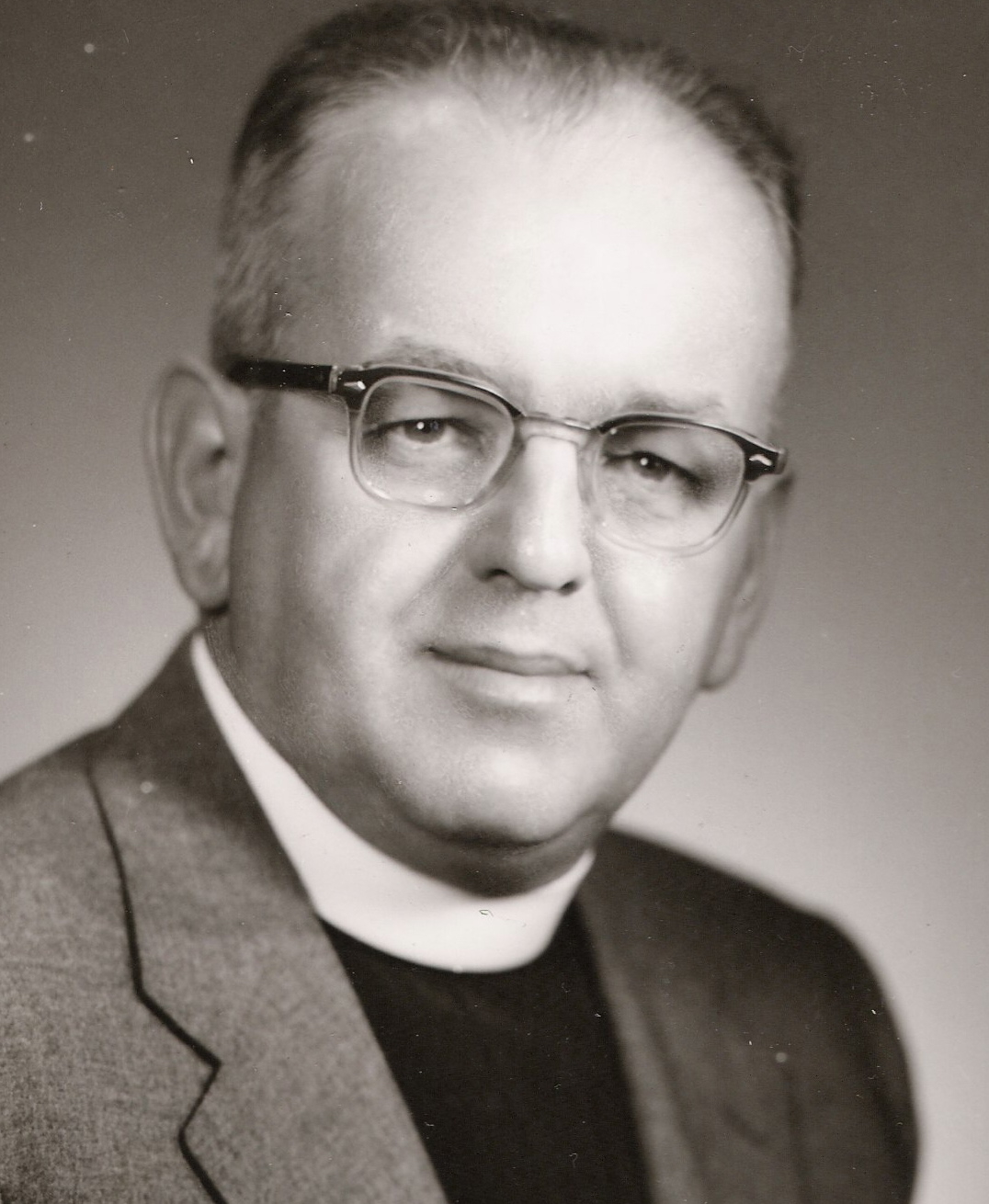
“Legalism” and “liberalism” were important words in the Brethren in Christ Church’s midcentury vocabulary. In fact, as I argue in a forthcoming article in Brethren in Christ History and Life, church leaders used these two words to shape a new identity for their small religious community.
Take, for example, the following excerpt from an article written by John Hostetter, a well-respected minister in the Brethren in Christ Church and the editor of the denomination’s Evangelical Visitor newspaper. In this paragraph, Hostetter uses both “legalism” and “liberalism” to define two extremes within the Brethren in Christ community:
Apathy is evident; worldliness in many forms is encroaching; intolerance is manifest; critical censorious spirits are abounding; legalistic patterns are stubborn and unyielding while so-called spiritual liberalism and freedom tend to be an accommodation to the flesh.
Hostetter’s writing implies that “legalism” and “liberalism” represent two opposite poles on the spectrum of Christian identity. At the far right is legalism, a form of Christian spirituality that imposes extra-biblical ideas onto Christian living, that promotes traditionalism, and that emphasizes isolation from the rest of “sinful society.” On the far left is liberalism, another form of Christian spirituality that is anti-biblical in its negation of all biblical authority, that advertises the Church as a social club rather than a committed body of believers, and that promotes ecumenism to the point of denying all boundaries between Christian groups.
Hostetter — like other mid-century Brethren in Christ leaders — saw these two extremes in spirituality as threats to Brethren in Christ identity in the post-World War II era. Indeed, this time was one of great change, as the small community built new congregations, established new missionary outposts, and abandoned some of its long-held practices and rituals. As a way to rhetorically sanctify these changes in church life, Brethren in Christ church leaders used “legalism” and “liberalism” to construct a new Brethren in Christ identity.
They located the Brethren in Christ identity as the middle ground between these two extremes. As Jesse F. Lady declared in a 1949 Evangelical Visitor article,
It needs to be remembered that not all change and novelty are progress; nor is to be old invariably obsolete. However, there is demand today for clear constructive thinking and teaching in this age of rapid change.
We do well to keep thinking ahead and anticipating some of the changes, so that loyalties to Christ and the Church may be controlled and maintained. We need not be afraid of change, but there must needs be caution that we do not sacrifice principle when adjustments are made.
Examples like this abound within the literature produced by the Brethren in Christ church leaders between 1945 and 1965. For more on this important topic, see my article, “Between Legalism and Liberalism: The Brethren in Christ Construct a New (Evangelical) Identity, 1945-1965,” in the December 2011 issue of Brethren in Christ History and Life.
[P.S.: If you don’t subscribe to Brethren in Christ History and Life but would like a copy of the article, let me know — there are a couple ways I can get one in your hands!]
